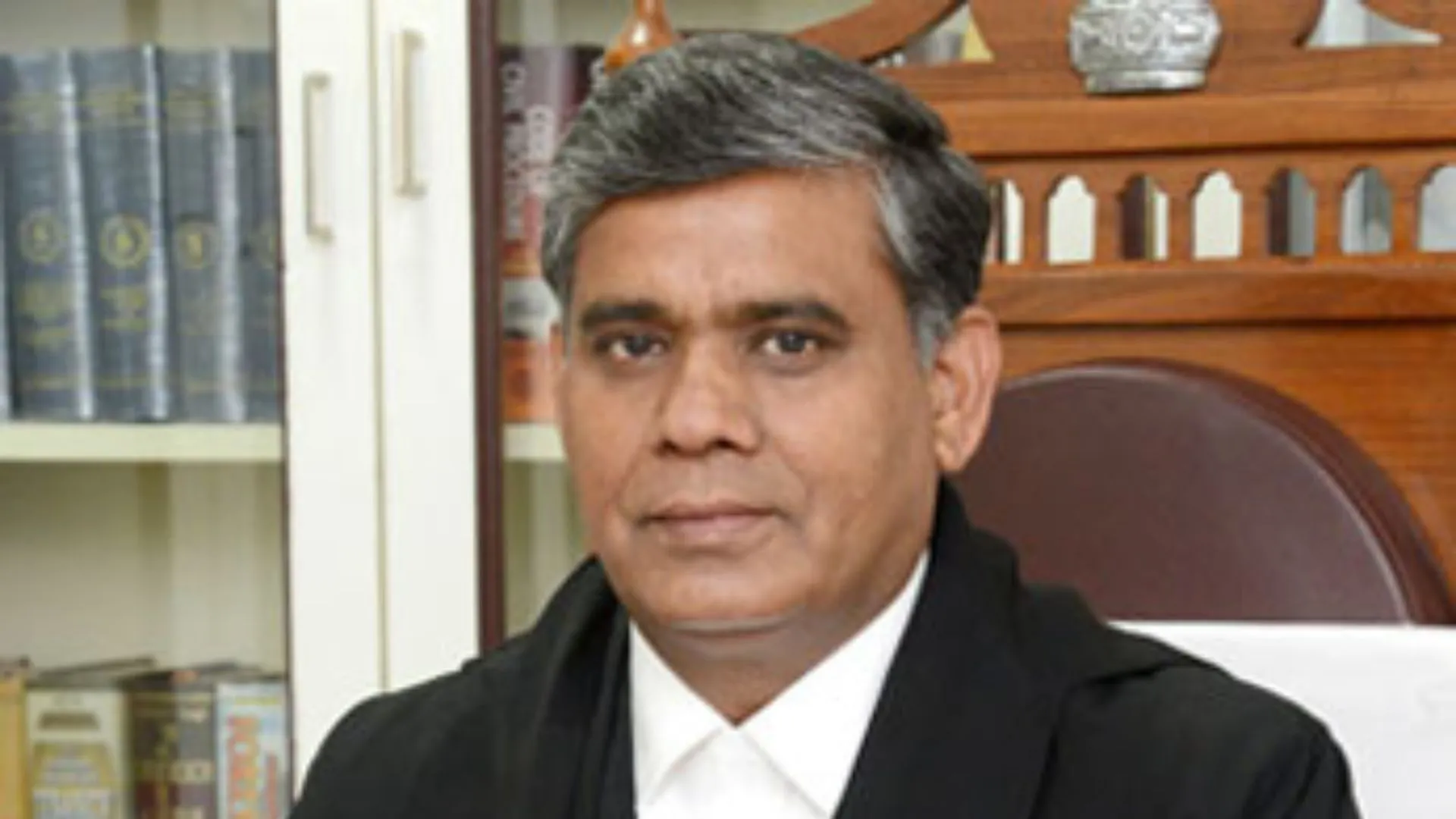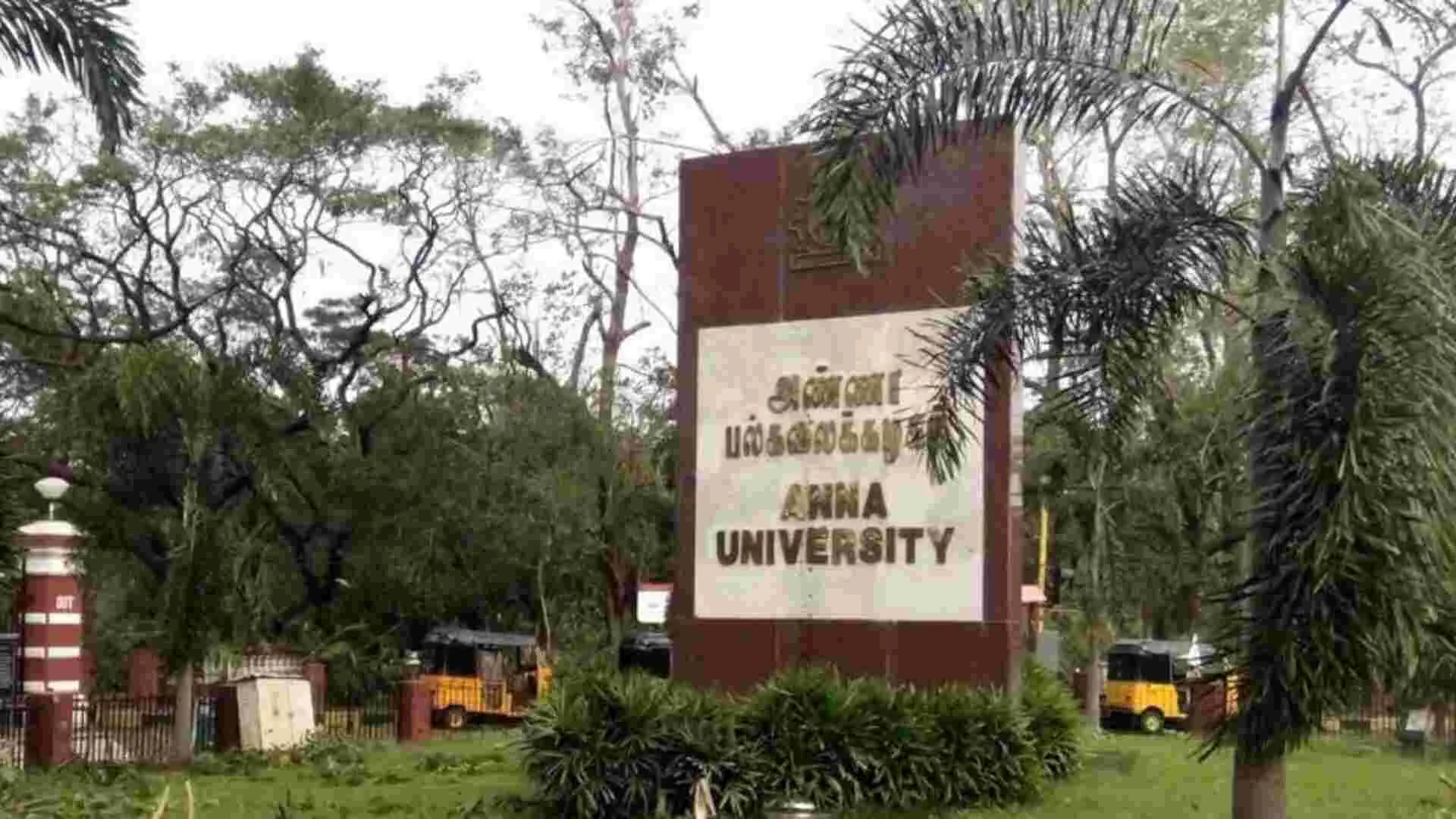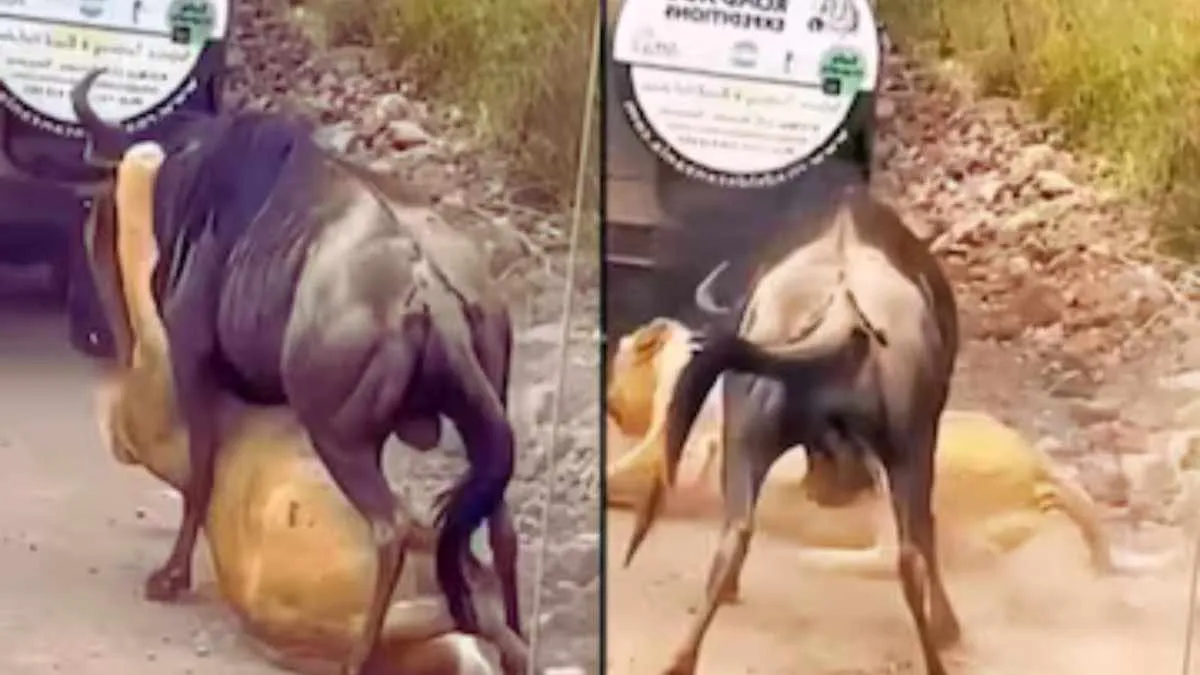The Moidams of the Ahom Dynasty in Assam were recognized as India’s 43rd World Heritage Site on Friday during UNESCO’s 46th World Heritage Committee session in New Delhi.
Selected as India’s candidate for the UNESCO World Heritage List for 2023-24, the Moidams are now the first cultural property from Northeast India to receive this prestigious accolade from the United Nations’ agency dedicated to promoting educational, scientific, and cultural development.
What are Moidams of the Ahom Dynasty?
The Moidams (also spelled as Maidam) are burial mounds of Ahom kings, queens, and nobles in Assam. The term “Moidam” derives from the Tai words “Phrang-Mai-Dam” or “Mai-Tam,” which mean to bury and the spirit of the dead, as stated in an academic report from the Assam government.
Importance of Moidams in Five Points
- Historical Significance: Moidams are unique burial mounds constructed by the Ahom Dynasty rulers in Assam from the 13th to the early 19th century.
- Architectural Distinction: These mounds are notable for their distinctive architecture, reflecting the Ahom’s foreign influences.
- Burial Sites: Moidams primarily serve as the burial sites for Ahom kings, queens, and nobles.
- Geographical Spread: They are found throughout upper Assam, with Charaideo, the first Ahom capital, being the main necropolis.
- Cultural Importance: Charaideo became a sacred site where Ahom royalty were buried following traditional Tai-Ahom rites.
Structure of a Moidam
Each Moidam consists of three main components:
- Vault/Chamber: A vault or chamber where the body is placed.
- Earthen Mound: A hemispherical earthen mound covering the chamber.
- Brick Structure: A brick structure (Chaw-chali) on top for annual offerings, surrounded by an octagonal boundary wall with an arched gateway.
The size of the Moidams varies from small mounds to large hillocks, depending on the status and resources of the deceased. Initially, the vaults were made of wooden poles and beams, but during the reign of King Rudra Singha (CE 1696-1714), they were replaced with stone and brick.
Inside the vault, the dead were buried with their belongings, including clothes, ornaments, and weapons. The burial often included valuables and sometimes even living or dead attendants. The practice of burying people alive was abolished by King Rudra Singha.
Origin and Evolution of the Moidam Burial Tradition
The Moidam burial tradition began with the first Ahom king, Chau-lung Siu-ka-pha, who was buried at Charaideo according to Tai-Ahom rites. This practice continued for Ahom royalty, making Charaideo a sacred site during their 600-year rule.
Over time, with the influence of Hinduism, the Ahoms began cremating their dead. However, Moidam burials are still practiced by some priestly groups and the Chao-dang clan.













